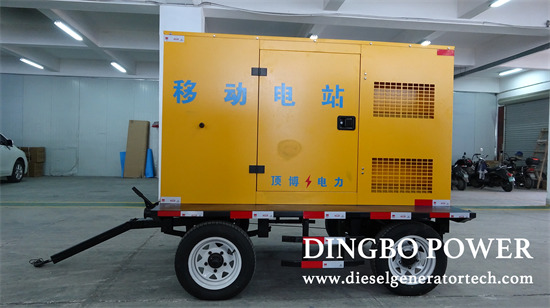Strengthen the understanding of the oxide film on the surface of generator brushes, establish its composition and normal operating conditions: Several recent problems mainly due to the inability to form a smooth layer of the oxide film on the brush surface. The composition of the oxide film requires some conditions. When the conditions are not met, the oxide film cannot be formed or is poorly formed, mainly due to the following reasons:

(1) High temperature: The oxide film of electric brushes is generally easy to form at around 70 ℃. When the generator collector ring and brush overheat, the temperature is usually above 150 ℃. Even if a new brush is replaced at this moment, the oxide film is not easy to form and cannot play a smooth role. Brush wear will intensify, causing the temperature to continue to rise, becoming a vicious cycle. At this moment, external forced cooling methods can be adopted, such as applying Vaseline, high-power fan ventilation, etc., to lower the temperature of the collector ring to the normal range, and continue for a period of time to gradually form an oxide film on the surface of the brush, causing it to enter a virtuous cycle.
(2) There are polluting impurities in the cooling air: The impurities in the air will have adverse effects on the composition of the oxide film on the surface of the generator brush. These impurities include corrosive gases containing sulfides or halogenated elements, oil gas mixtures in the air, dust, iron filings, rust dust, carbon powder, and other impurities. When the electric brush is worn, it will generate dust and impurities of carbon powder. Filtering equipment can be installed on the cooling and ventilation circulation channel of the brush holder cover to improve the air quality inside the brush holder cover.
(3) The air humidity is too low or the oxygen content is too low: The composition of the oxide film on the surface of the generator brush requires a certain moisture content in the air, that is, the air humidity cannot be too low, but also cannot be too high. In addition, the composition of the oxide film mainly occurs due to the oxidation of oxygen in the air, and when the oxygen content is too low, it is not conducive to the formation of the oxide film.
The inability or poor formation of the oxide film on the surface of the generator collector ring is not only related to the above factors, but also due to excessive grinding of the brush, use of solvents for scrubbing, poor surface finish of the collector ring, and unqualified carbon brush raw materials.
Dingbo Power has advanced testing equipment, modern production technology, professional manufacturing technology, perfect quality management system, and strong technical research and development capabilities. It can provide 3KW~2500KW various specifications of ordinary, automatic, four protection, automatic switching, low noise and mobile generator sets, high quality and low energy consumption to meet the diverse power needs of customers, and can also meet users with different voltages and different frequencies. It is required to create a parallel power supply system for multiple units. If you are interested in our product or any question on generator, welcome to send email to sales@dieselgeneratortech.com.
Comments
Post a Comment